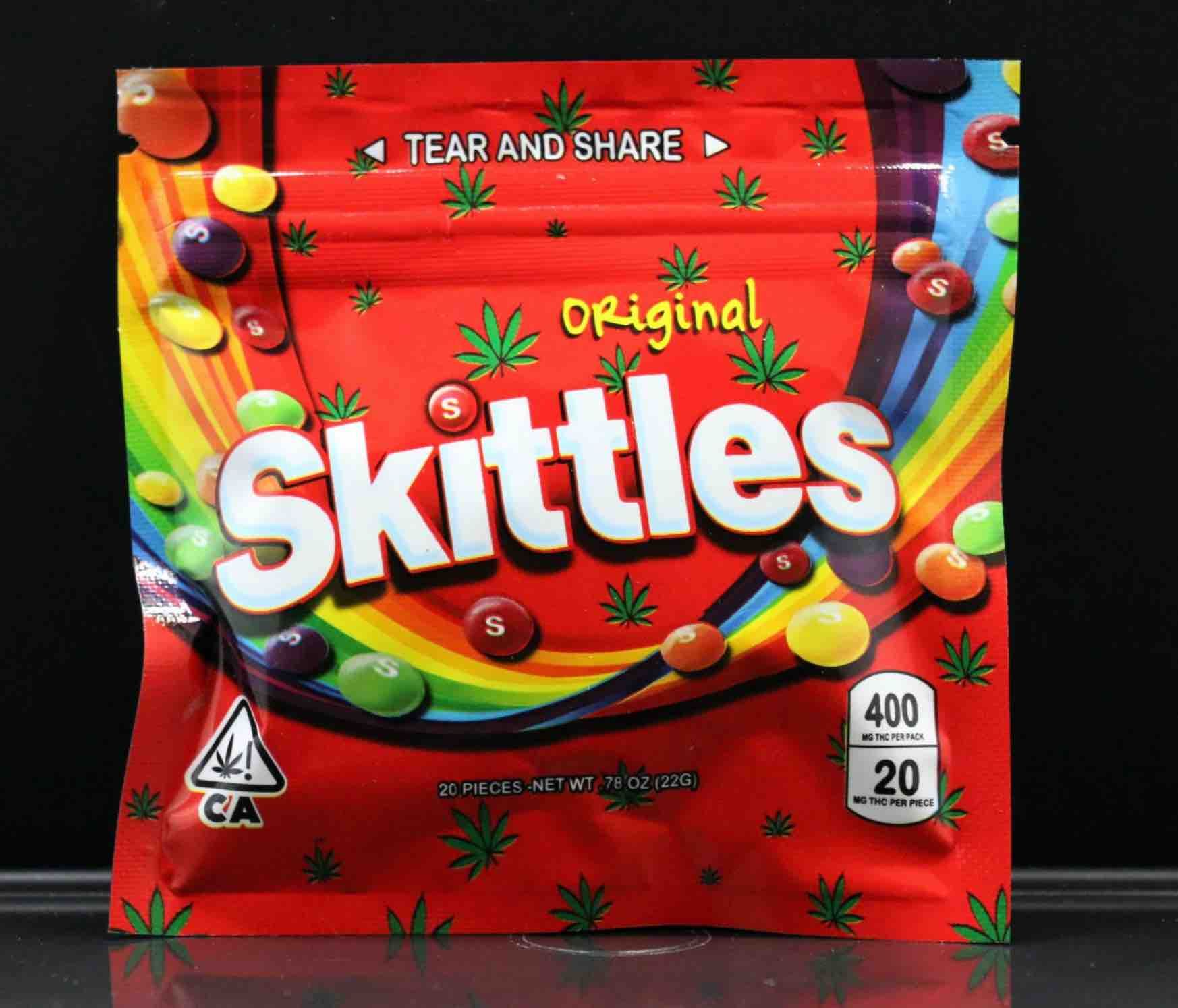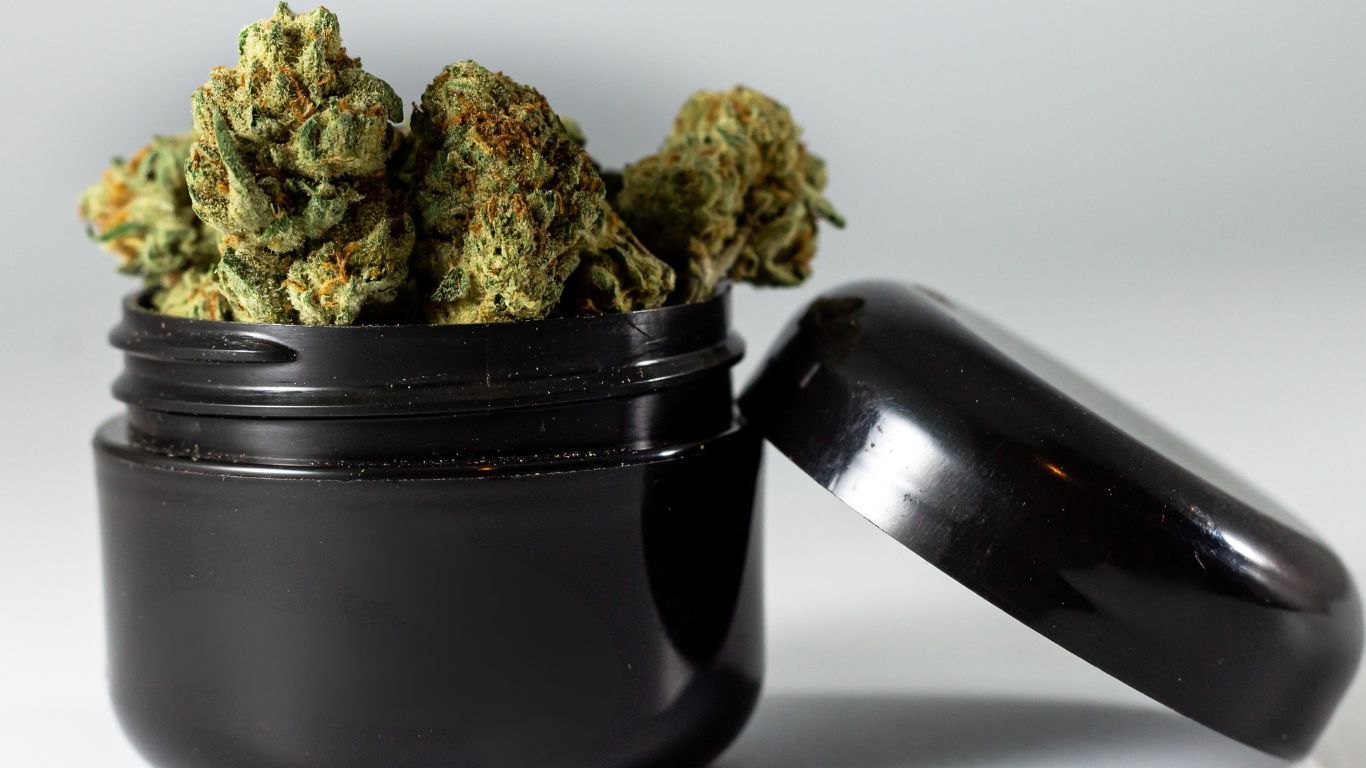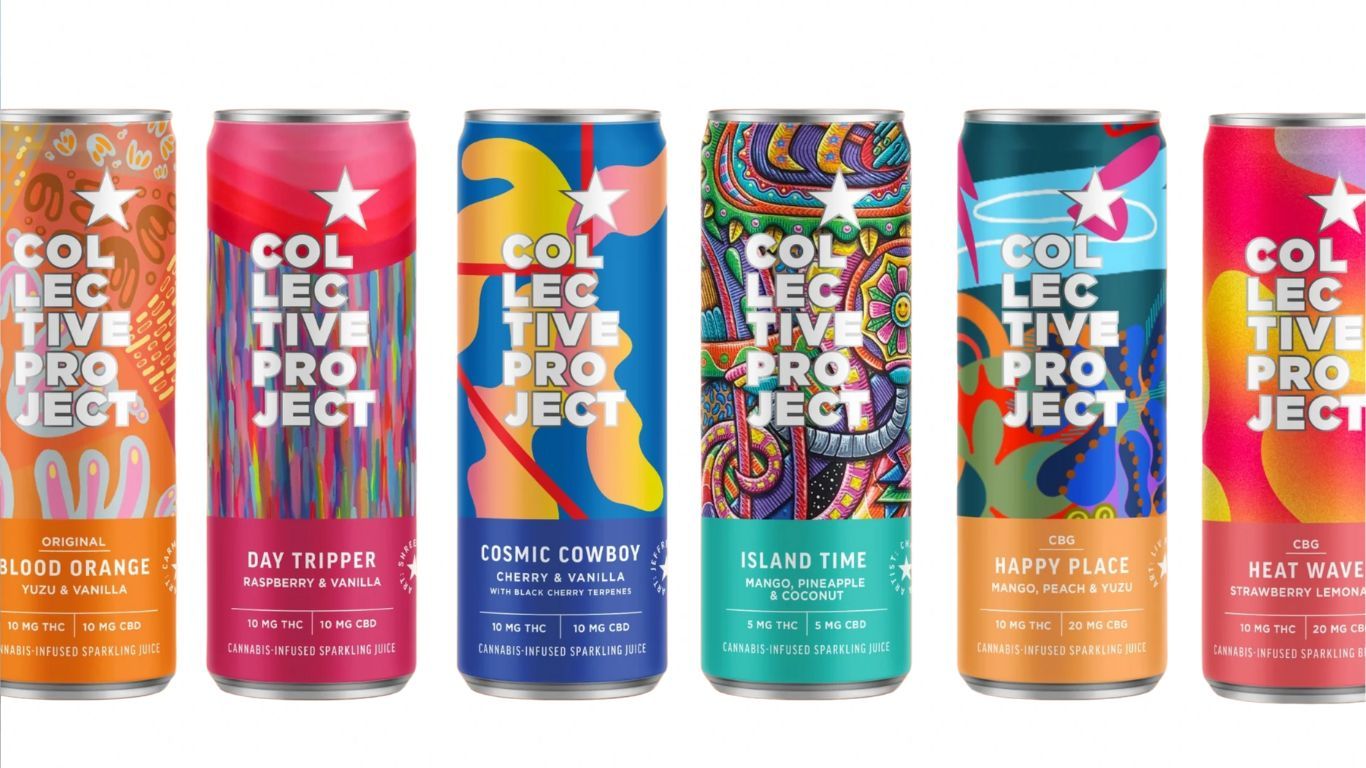
A new study showing emergency room visits for young Ontarians has increased since cannabis was legalized in 2018 is making the rounds in the media.
The authors argue that more needs to be done to legal cannabis edibles to ensure young people don’t consume them, but offers no evidence as to the source of the products in question in the first place.
The study, Unintentional Pediatric Cannabis Exposures After Legalization of Recreational Cannabis in Canada, published today, looks at emergency department hospital visits for young people in Ontario up to the age of nine, between January 1, 2016, and March 31, 2021.
The results were divided into three categories, a baseline prior to legalization from January 2016-September 2018, then October 2018-January 2020 (when dried cannabis and cannabis oils were legal, but not edibles or extracts or topicals) and February 2020-March 2021, during which time these three product categories began appearing on legal shelves.
During this five-year period, there were 522 emergency department visits: 81 in the time frame prior to legalization, 124 in the period immediately following legalization and another 317 visits in the period after edibles, extracts, and topicals became legal.
Although there were no deaths reported, there were 19 emergency department (ED) visits with intensive care unit admission.
The study notes the large uptick in reported ED visits following the availability of legal edibles, attributing this as the likely cause for the increase. However, the study also notes they were not able to distinguish the origin or type of products the children consumed. Only a passing reference is made acknowledging that illegal edible products could have contributed to the increase.
One of the authors argues that more needs to be done to ensure cannabis edibles are low dosage and not packaged in ways that are appealing to young people, yet provides no evidence to support what kinds of products kids had even used or consumed.
“…We may need to consider other measures to reduce cannabis edibles’ appeal to young children, such as much stricter limits on what edibles can look and taste like after they are removed from their packaging,” wrote Dr. Daniel Myran, a family and public health physician at the University of Ottawa, in a press release.
Canada already has plain packaging rules for all legal cannabis products and the 10mg THC limit per package is among the lowest in the legal world. Meanwhile, illicit edible cannabis products are increasingly common and have no such limitations and are more commonly reported in the media as being the source of hospital visits for young people.
While there have been media reports in the past few years of hospital visits due to young people consuming cannabis, none of these publically available reports appear to be due to issues of legal cannabis edibles based on a scan of available news articles.
In December, Health Canada released a warning in regard to so-called “copycat edibles” that are increasingly being sold illegally across Canada that are often made to look like Skittles, Airheads, Jolly Ranchers, Nerds, and many other candies. Popular brands of chips like Doritos, Fritos, Cheetos and Ruffles are equally common.
Such products are generally of a much higher potency than legal edibles, which are limited to only 10mg THC per package and are not allowed to mimic known product packaging or to appeal to kids. They have also become much more common in the past few years, showing up on illicit online stores and even at times being found being sold in corner stores.
For example, in 2021 a three-year old was taken to hospital in Ontario after consuming illegal edibles from a package that was listed as having 400mg THC per package. York Regional Police in Ontario last year also seized illegal cannabis products from a Markham convenience store that was selling them to underage teens.
The study published today calls for “further regulatory measures, such as limiting formulations and appearance of commercial edibles, combined with education for parents and caregivers, may be required to decrease pediatric cannabis exposures.”
The federal, provincial and territorial governments in Canada have undertaken extensive education programs aimed at precisely these issues. Health Canada alone committed $100 million over the first six years of legalization to cannabis-related education, including campaigns aimed at parents to keep cannabis products including edibles away from kids.
“Canada’s approach to legalization was intended to prevent increases in child cannabis poisonings through policies limiting the strength of cannabis edibles, requiring child-resistant packaging and education for parents and caregivers,” wrote Dr. Myran.
“Unfortunately, the rates we saw in our study suggest the approach has not met that goal.”
However, the study itself fails to show if these ED visits were for products even purchased within the legal market, or even what types of products the young people had consumed (edibles, dried flower, extracts) or the method used to consume them (eating, inhaling actively or passively).
It also doesn’t note a possibility that parents could feel safer admitting a child to the hospital for cannabis use following legalization due to a lower perception of stigma or even legal repercussions.











